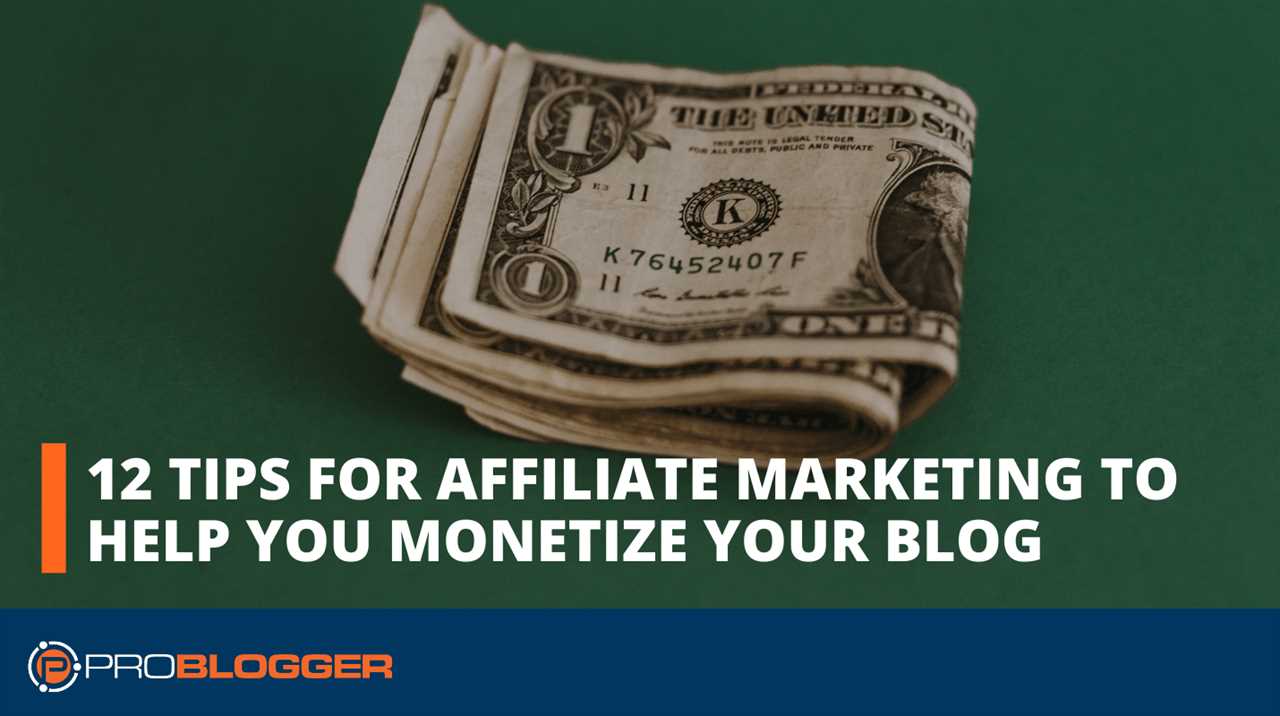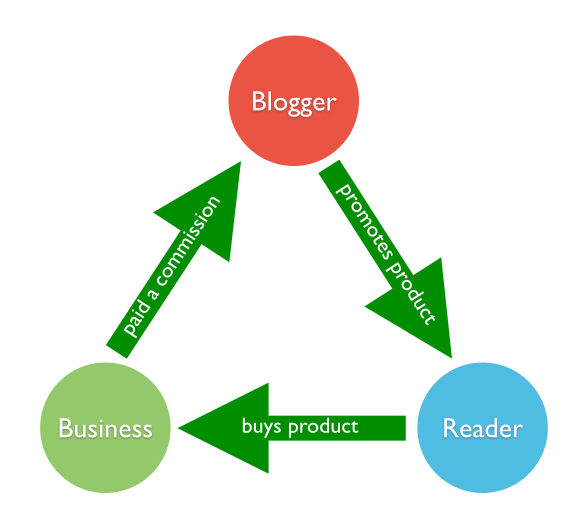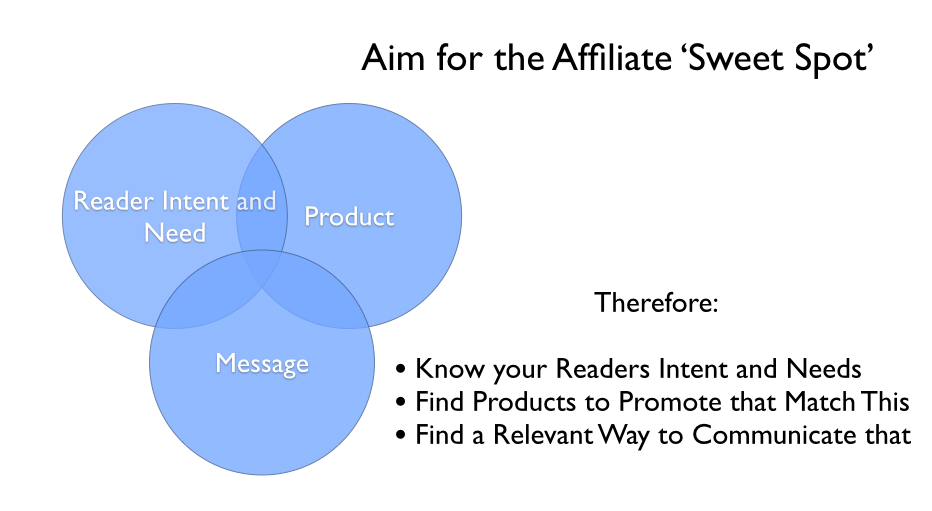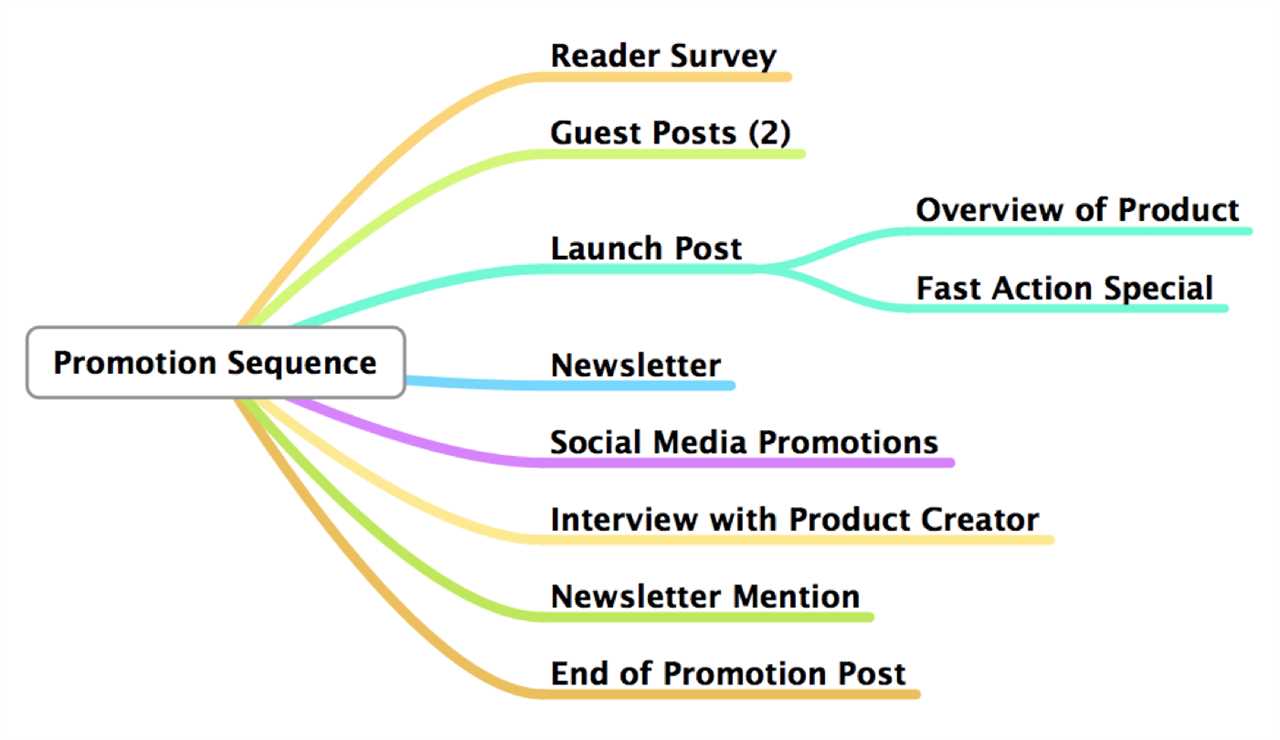The post 12 Tips for Affiliate Marketing to Help You Monetize Your Blog appeared first on ProBlogger.

This post is based on episode 51 of the ProBlogger podcast.
This week’s post is all about affiliate marketing – one of the many ways you can make money blogging. I’ll tell you what it is and how it works, and then give you 12 tips you can use to earn more from this type of monetization.
What is affiliate marketing?
In a nutshell, affiliate marketing is when you earn money by helping someone else sell their product or service.
As you can imagine, over on Digital Photography School we talk a lot about camera equipment – cameras, lenses, tripods, etc. And whenever we mention a particular product we include a link to that product on Amazon. That way, if the reader likes what they see they can buy it from Amazon without needing to search for it.
In effect, we’re helping Amazon sell their camera gear. And so Amazon rewards us by paying us a small commission each time a reader buys their camera gear through one of our links.
Here’s a diagram to illustrate how it all works.

For this to happen, we joined their affiliate program. They then gave us a unique code we’ve added to all our links to let them know the buyer came from our site.
Why businesses like affiliate marketing
More and more businesses are offering affiliate programs that work in pretty much the same way. Why? Because it’s a much safer way of spending their advertising dollar.
When an advertiser pays you to have a banner ad for their business on your site, there’s no guarantee they’ll get a return on their investment. That banner might get a thousand clicks, but it could just as easily be ignored completely – especially now that ad blockers are so popular.
But with affiliate marketing, it doesn’t matter if no-one clicks on the affiliate link because they didn’t pay you to put it there. And they only have to pay the commission once they’ve made the sale.
When affiliate marketing works best
While this might seem like an easy way to monetize your blog, don’t expect to be living off your commissions any time soon.
Affiliate marketing will work best if your blog has these three qualities.
- Perceived authority or expertise on a topic. If you’re seen as someone who knows what they’re talking about, can be trusted, and has authority, then you’ll have a much better chance of someone clicking on one of your affiliate links.
- A trusting relationship between you and your readers. Affiliate marketing works much better when your readers feel as if they know you, trust you, and have a relationship with you.
- Readers who are in a buying mood. Not everyone comes to your blog intent on buying something. But if you regularly review products on your blog then they may well be ready to buy when they get to the end of your posts.
Affiliate marketing also works better when you have a lot of traffic. But it needs to be the right kind of traffic. There’s no point bringing people to your blog who aren’t the slightest bit interested in the products you’re linking to.
Different types of affiliate programs
The Amazon model, where you’re effectively helping them sell products on their site, isn’t the only way to do affiliate marketing.
There are also affiliate networks such as Rakuten Advertising and Commission Junction, where you promote a variety of products from different suppliers.
There are also private affiliate programs you can join to help people sell ebooks and courses, such as our own Ultimate Bundles affiliate program.
Tips to help you get more out of affiliate marketing
Now that you know more about affiliate marketing, here are 12 tips to help you earn more from having it on your blog.
1. Make sure you’re committed to your readers
You need to take your relationship with your readers seriously, because if you promote the wrong product it can do a lot of damage. Make sure it’s relevant to them, and never promote anything you wouldn’t be prepared to buy yourself.
2. Aim for the affiliate sweet spot
An important part of affiliate marketing is knowing about your readers’ wants, needs and desires (which, as a blogger, you should already know). That puts you in a good position to recommend an affiliate’s product that can fulfil those wants, needs and desires.
But you also need to find a way to talk about that product and what it can do for the reader without it sounding like sleazy sales talk.
So what you’re looking for what I call the affiliate ‘sweet spot’.

It’s where the needs of your readers, the products you’re promoting and the way you’re promoting them are all in perfect balance.
3. Choose the right products for your audience
As I said earlier, you need to make sure that what you’re marketing is a good fit for your readers. And that can mean more than just the products themselves.
Most of my readers on Digital Photography School are beginners who don’t have a lot of money to spend. And so I’m much better off selling $20 ebooks than $2,000 courses. And even when we do promote higher value products, we usually offer something similar at a lower price.
4. Go beyond banner ads
Many affiliate programs will give you different options for promoting their product. As well as the raw link, they may also offer banner ads or buttons to put on your site.
These days, most people mentally ‘filter out’ these kinds of things (assuming a plugin hasn’t hidden them already). Instead, put them in any post where you talk about the products. You can also put them in your email newsletters and social media posts.
5. Make sure your reviews are transparent and genuine
Don’t say a product is perfect just so people will buy it. Be honest, and tell them what they might not like about it. Or at least point out that it will suit some people better than others.
Your readers will appreciate your honesty – especially when you help them avoid a purchase they may end up regretting.
6. Use social proof
People often make purchasing decision of what other people are buying. If something is popular, then it’s probably for a good reason. And they’ll use this ‘social proof’ to gauge what they should buy.
If your affiliate program gives you information on what people have been buying through your links, you can use this information to create a ‘bestseller’ list with affiliate links to the most popular items. And because they’re the biggest sellers, your reader may be more inclined to make a purchase.
7. Drive traffic to your best converting promotions
Another tip is to drive as much traffic to the pages containing those bestselling items as you can. Whenever we create these kinds of lists I drive as much traffic to them as I can through social media. I also mention them in our newsletter, and create links to them in our site navigation.
8. Be transparent and use disclaimers
Whenever you’re promoting a product for financial benefit, you have a moral obligation (and probably a legal one) to disclose that you’re making money from it. It’s another way to build trust with your readers and strengthen your relationship with them.
It can also give them an incentive to buy products through your affiliate links, as they’ll be helping you by making the purchase.
9. Track your results
Most affiliate programs have some kind of reporting system. Use it to find out what promotion method works best for you. Some even let you use different links so you can track what worked on social media versus what worked in email.
10. Try different promotion methods
Whenever you promote a product that has an affiliate link, don’t just stop once you’ve written about it. Think about other ways you could talk about the product – in your newsletter, on social media, in a post interviewing the creator, etc.
Here’s a graphic showing a possible sequence of events for promoting a product.

Of course, you don’t need to do them all. Just choose the ones you think will work for you.
11. Try seasonal promotions, events and bundles
Each year we do a ‘12 Days of Christmas’ campaign on Digital Photography School where we negotiate deals with different affiliates every day for 12 days before Christmas. (We also throw in a few of our own books.) And every day for those 12 days we offer a different deal to our audience.
You might me able to do something similar. Or you can simply look for any specials that are being offered on the likes of Amazon and let people know about them.
You can do the same for other occasions, such as Thanksgiving or Cyber Monday.
12. Balance the frequency of your promotions
With so many products available online, you could easily promote one every day. But chances are your readers would quickly get sick of the constant promoting. And that’s the last thing you want.
So think about how often you’ll promote a product. You could have a ‘Pick of the week’ post each Friday that talks about a new product you’ve spotted. Or you could base your promotions around particular times of the year such as Christmas and the end of the financial year.
Over to you
If you’ve never done affiliate marketing on your blog before, then I hope this post has given you some ideas about where you might start. And if you’re already monetizing your blog with affiliate marketing, I hope these tips will help you get more out of it.
Want to learn more about creating a profitable blog? Then check out our Make Money course.
Photo by Annie Spratt on Unsplash
The post 12 Tips for Affiliate Marketing to Help You Monetize Your Blog appeared first on ProBlogger.

_______________________
By: Darren Rowse
Title: 12 Tips for Affiliate Marketing to Help You Monetize Your Blog
Sourced From: feeds.feedblitz.com/~/653376288/0/problogger/
Published Date: Thu, 27 May 2021 12:00:00 +0000
Read More
 Make Money OnlineForexInvestingBitcoinVideosFinancePrivacy PolicyTerms And Conditions
Make Money OnlineForexInvestingBitcoinVideosFinancePrivacy PolicyTerms And Conditions
